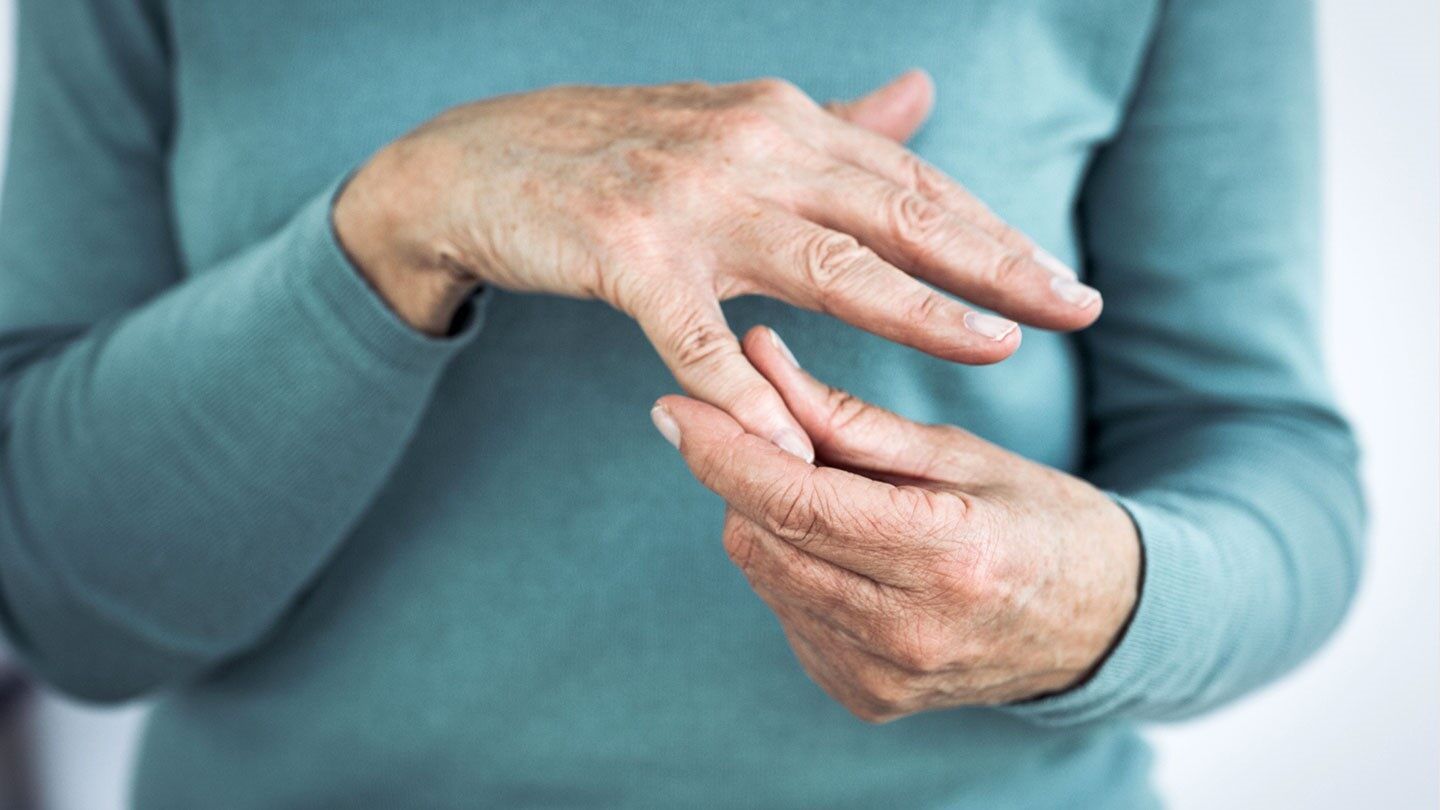
Hand osteoarthritis, popularly known as hand calcification, is a disease that negatively affects the quality of life with severe pain it causes. Near East University Hospital Physical Medicine and Rehabilitation Department Specialist Dr. Pembe Hare Yiğitoğlu Çeto pointed out that the pain increases with the use of the joint in the first place, but in the advanced stages, even if the joint is not used, the pain becomes more severe. Dr. Pembe Hare Yiğitoğlu Çeto states that the patients feel stiffness after a long period of inactivity and have difficulty in starting the movement. Stating that there are two different types of hand osteoarthritis as Nodal Generalized Osteoarthritis and Erosive Osteoarthritis, Assist. Prof. Dr. Pembe Hare Yiğitoğlu Çeto says that these osteoarths cause permanent changes in the joints with pronounced complaints in patients.
Nodal Generalized Osteoarthritis is more common in women
Nodal Generalized Osteoarthritis, which has familial inheritance, is more common in women. In this type of osteoarthritis that involves the hand joints, the nodules that cause the disease appear at an early age. Dr. Pembe Hare Yiğitoğlu Çeto said, “Numerous joint stiffness is seen in Nodal Generalized Osteoarthritis. In addition to hand, knee or hip osteoarthritis is also common in patients. Patients first feel the pain in the hand. Pain, swelling and stiffness occur in one or more joints in the fingers. Although nodules are formed in osteoarthritis, hand functions are not affected negatively.”
Erosive osteoarthritis develops suddenly in women between the ages of 40 and 50
Stating that erosive osteoarthritis is common in women between the ages of 40-50, Assist. Prof. Dr. Pembe Hare Yiğitoğlu Çeto stated that she had symptoms at an earlier age compared to other forms of osteoarthritis. Stating that erosive osteoarthritis starts suddenly, Assist. Prof. Dr. Pembe Hare Yiğitoğlu Çeto states that the complaints are very painful and are seen in the form of swelling, redness and temperature increase in the joint. Dr. Yiğitoğlu Çeto said, “Erosive osteoarthritis affects many joints at the same time, usually symmetrical involvement occurs in both hands. Therefore, it is often confused with Rheumatoid Arthritis, a rheumatic disease that involves the hands. The painful process can last for years, but eventually, the patient’s complaints regress. In the advanced stages of the disease, although the joints are painless, loss of function is seen and the final situation is bad.”

Obesity and age are the most important risk factors for hand osteoarthritis
Stating that the most important risk factor in hand osteoarthritis is age, Assist. Prof. Dr. Pembe Hare Yiğitoğlu Çeto says that 75% of women between the ages of 60-70 have been found to have osteoarthritis in DIP joints with imaging methods, and that it is more common in women than men, where genetic transition plays an important role. Assist. Prof. Dr. Pink Hare Yiğitoğlu Çeto regarding hereditary (familial) transmission said, “Especially the hereditary inheritance characteristic of Heberden nodules is very distinctive. Obesity has been found to cause osteoarthritis in some joints not only due to mechanical reasons such as stress, but also due to metabolic reasons. Hand and finger joints are examples. “It is remarkable that obesity is a risk factor for hand osteoarthritis.”
Treatment to protect joints is important in patients with hand osteoarthritis
Stating that the treatment in hand osteoarthritis is planned individually, Assist. Prof. Dr. Pembe Hare Yiğitoğlu Çeto stated that non-pharmacological approaches are included in the treatment plan together with drug therapy while the treatment is arranged. Stating that patients should be trained about how to protect joints, Dr. Pembe Hare Yiğitoğlu Çeto stated that exercises related to the disease can be performed, orthoses that prevent and treat joint deformities and physical therapy agents can be used when necessary.